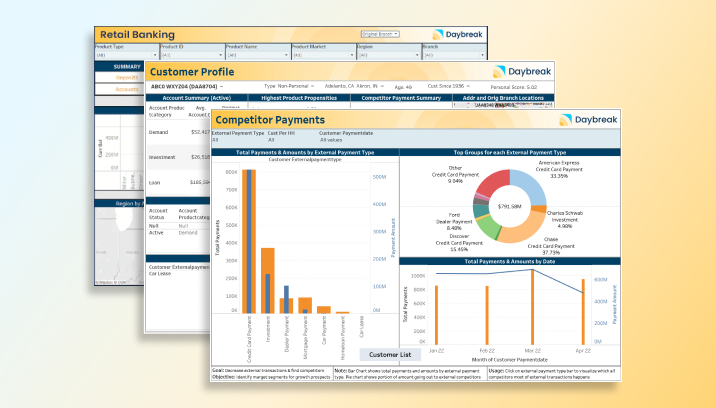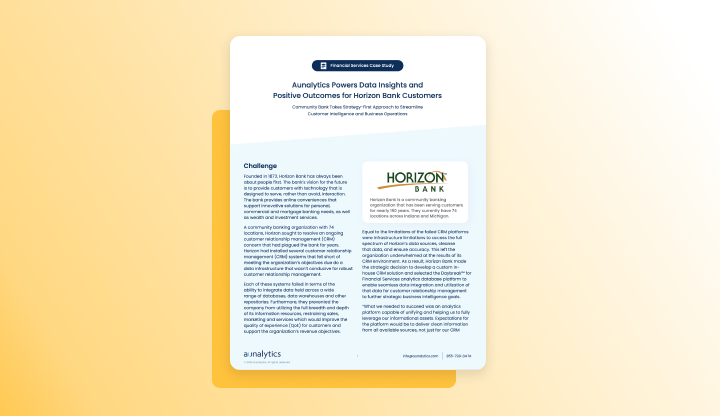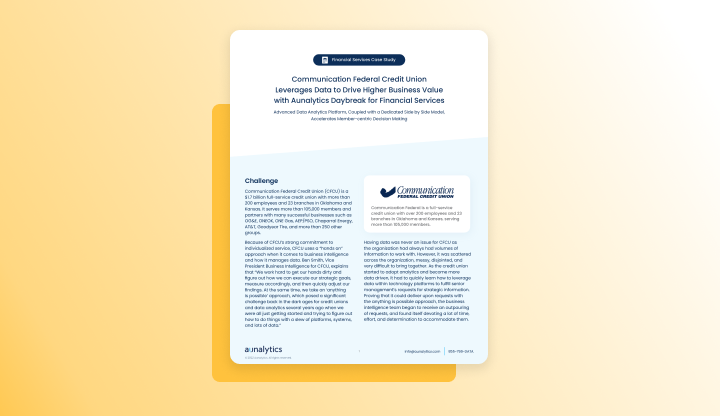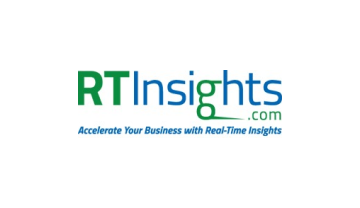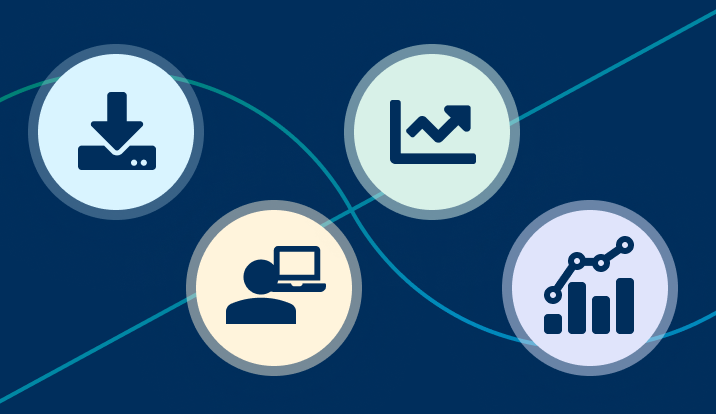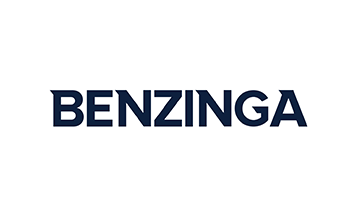Failure to follow Data Privacy Compliance requirements can be costly. How can you prepare your business?
GDPR, CCPA and the newly coming CPRA (which goes into effect 1/1/2023) require intense data management, or the cost of non-compliance can rise to $1000 per record. These data privacy laws pertain broadly to personal information of consumers including:
- Account and login information
- GPS and other location data
- Social security numbers
- Health information
- Drivers license and passport information
- Genetic and biometric data
- Mail, email, and text message content
- Personal communications
- Financial account information
- Browsing history, search history, or online behavior
- Information about race, ethnicity, religion, union membership, sex life, or sexual orientation
CPRA requires businesses to inform consumers how long they will retain data (for each category of data) and the criteria used to determine that time period of what is “reasonably necessary.” Basically, you have to be prepared to justify the data collection, processing, and retention and tie it directly to a legitimate business purpose.
Now prohibited is “sharing” data (beyond buying and selling it), which is defined as: sharing, renting, releasing, disclosing, disseminating, making available, transferring or otherwise communicating orally, in writing, or by electronic of other means, a consumer’s personal information by the business to a third party for cross-context behavioral advertising, whether or not for monetary or other valuable consideration, including transactions between a business and a third party for the benefit of a business in which no money is exchanged. Arguably, this covers a business working with a marketing firm and sharing data with the agency about leads or prospects to employ cross-content behavioral advertising in a campaign.
Companies now need to be able to inform the consumer what type of data they have about customers, what business purposes it is used for, and retention periods. This information allows them to meet the expanded consumer rights given by the CPRA, including deleting data, limiting types of use for certain types of data, correcting data errors across the organization in every location where it lives, automating and executing data retention policies, and to be ready for auditing. While it is an ethical ruleset that has now been put in place, with Data Privacy Compliance active, companies now have to consider possible non-compliance costs in addition to operational and opportunity costs as well.
As a result of these requirements, companies are now in need of a data management system with built-in data governance to stay in compliance. These data management platforms must be capable of identifying, on a data field-by-data-field basis, where the data originates, each and every change made to the data, and each downstream user of the data (databases, apps, analytics, queries, extracts, dashboards). Without automated data management and governance, it will be humanly impossible to manually find this information by the deadlines required. You need to be able to automatically replicate changes made to the data to all locations where the data resides throughout your organization to make consumer directed corrections and deletions within the time limits prescribed.
Cybersecurity Drives Insurance Crack Down
Cybersecurity Drives Insurance Crack Down: Be Prepared to Document Your Security Posture
A common question for cyber insurance brokers in the last few years has been “If I implement this cyber security control, will I get a discount on my insurance premium?” The answer has been typically “no.” But these days, the answer has changed to “no, you won’t get a premium discount. And if you don’t implement that security control, you might not even get insurance.”
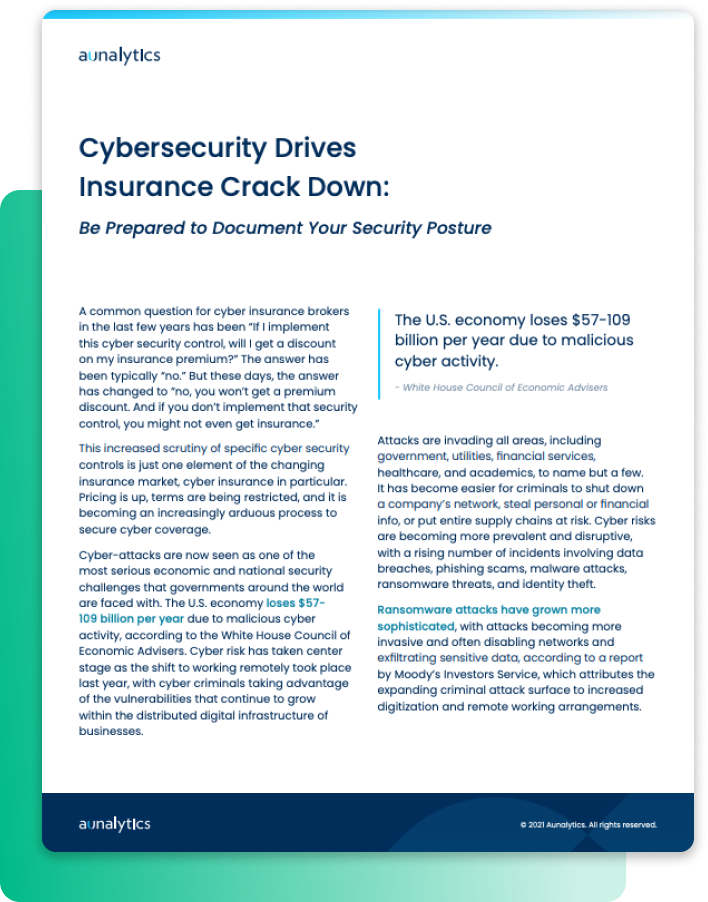
Fill out the form below to receive the article.
Aunalytics is a data platform company. We deliver insights as a service to answer your most important IT and business questions.
Featured Content
Critical Success Factors for Data Accuracy Platforms
The data accuracy market is currently undergoing a paradigm shift from complex, monolithic, on-premise solutions to nimble, lightweight, cloud-first solutions. As the production of data accelerates, the costs associated with maintaining bad data will grow exponentially and companies will no longer have the luxury of putting data quality concerns on the shelf to be dealt with “tomorrow.”
When analyzing major critical success factors for data accuracy platforms in this rapidly evolving market, four are critically important to evaluate in every buyer’s journey. Simply put, these are: Installation, Business Adoption, Return on Investment and BI and Analytics.
Installation
When executing against corporate data strategies, it is imperative to show measured progress quickly. Complex installations that require cross-functional technical teams and invasive changes to your infrastructure will prevent data governance leaders from demonstrating tangible results within a reasonable time frame. That is why it is critical that next-gen data accuracy platforms be easy to install.
Business Adoption & Use
Many of the data accuracy solutions available on the market today are packed with so many complicated configuration options and features that they require extensive technical training in order to be used properly. When the barrier to adoption and use is so high, showing results fast is nearly impossible. That is why it is critical that data accuracy solutions be easy to adopt and use.
Return on Investment
The ability to demonstrate ROI quickly is a critical enabler for securing executive buy-in and garnering organizational support for an enterprise data governance program. In addition to being easy to install, adopt, and use, next-gen data accuracy solutions must also make it easy to track progress against your enterprise data governance goals.
Business Intelligence & Analytics
At the end of the day, a data accuracy program will be judged on the extent to which it can enable powerful analytics capabilities across the organization. Having clean data is one thing. Leveraging that data to gain competitive advantage through actionable insights is another. Data accuracy platforms must be capable of preparing data for processing by best-in-class machine learning and data analytics engines.
Look for solutions that offer data profiling, data enrichment and master data management tools and that can aggregate and cleanse data across highly disparate data sources and organize it for consumption by analytics engines both inside and outside the data warehouse.


